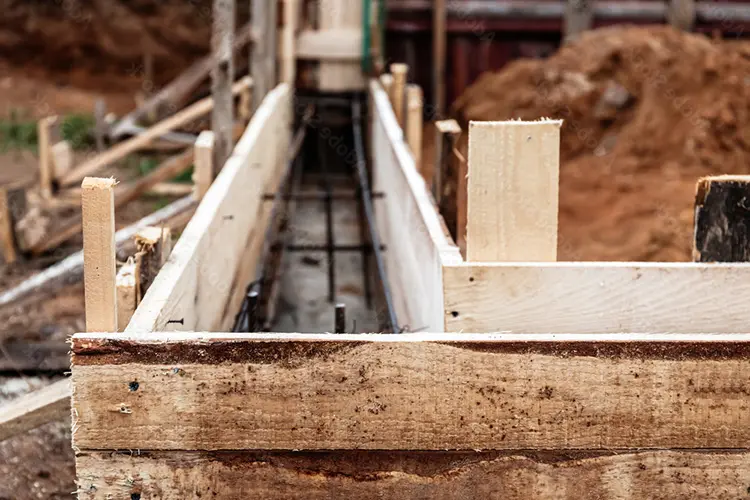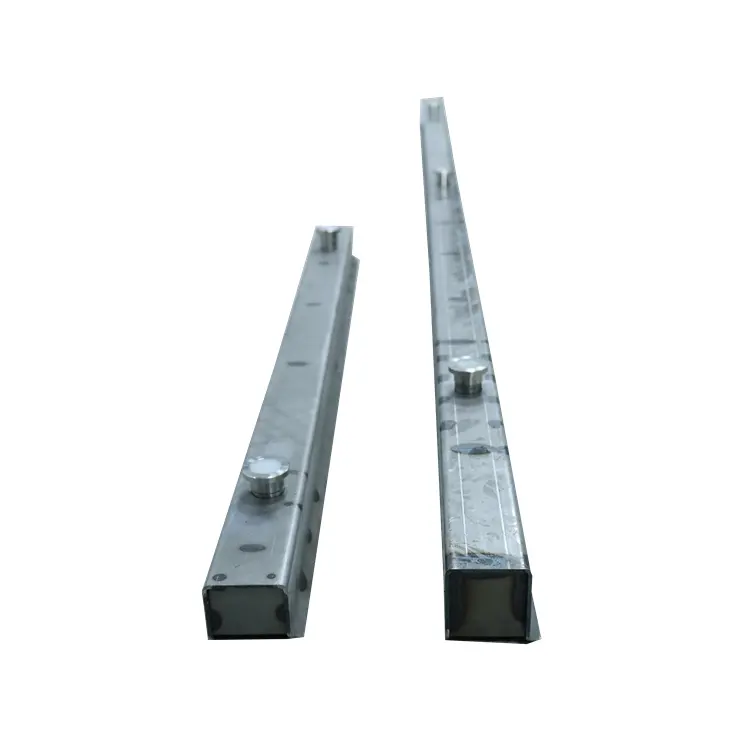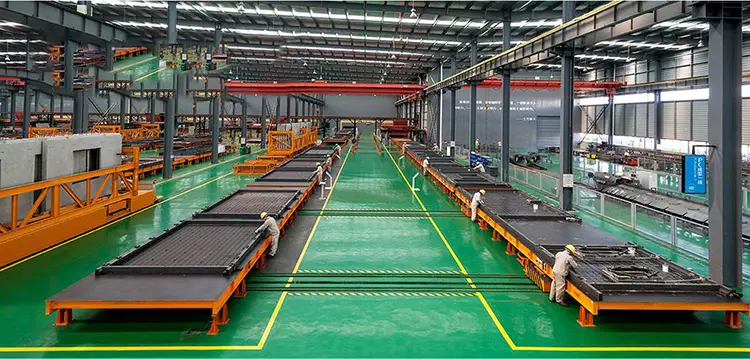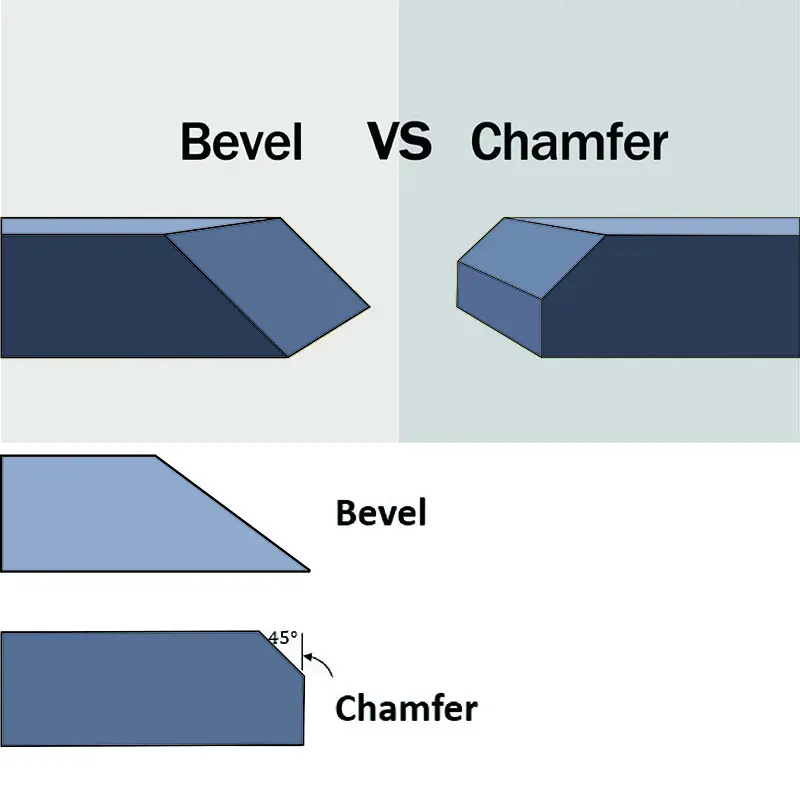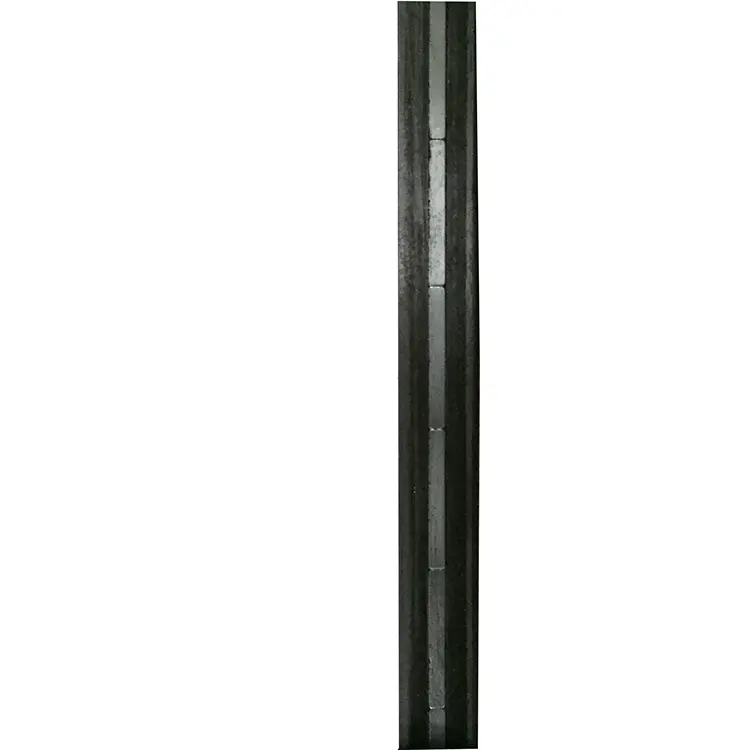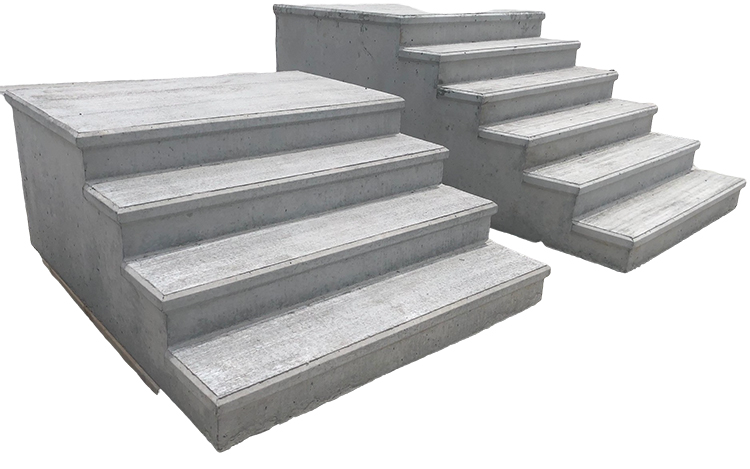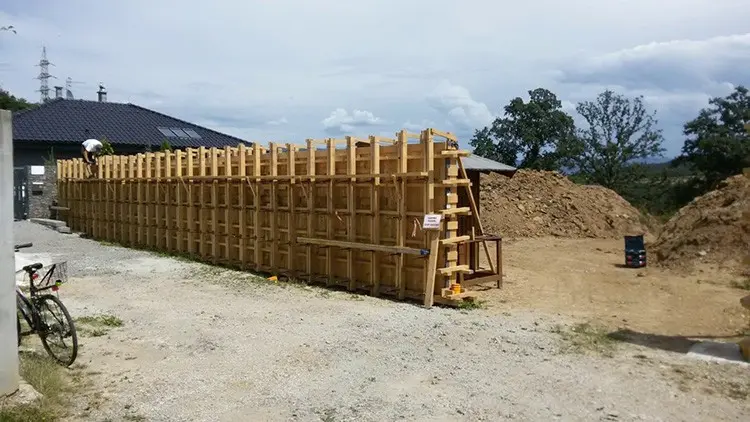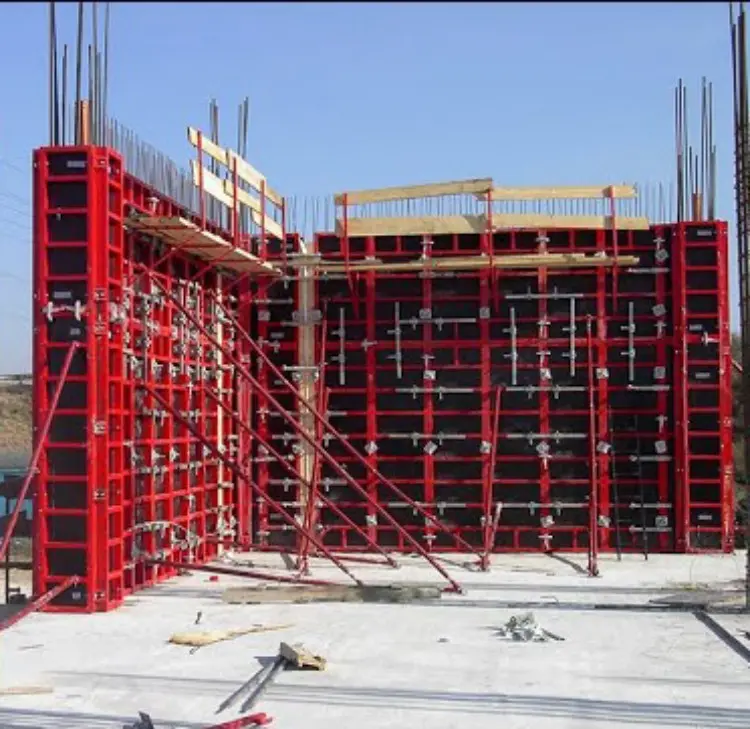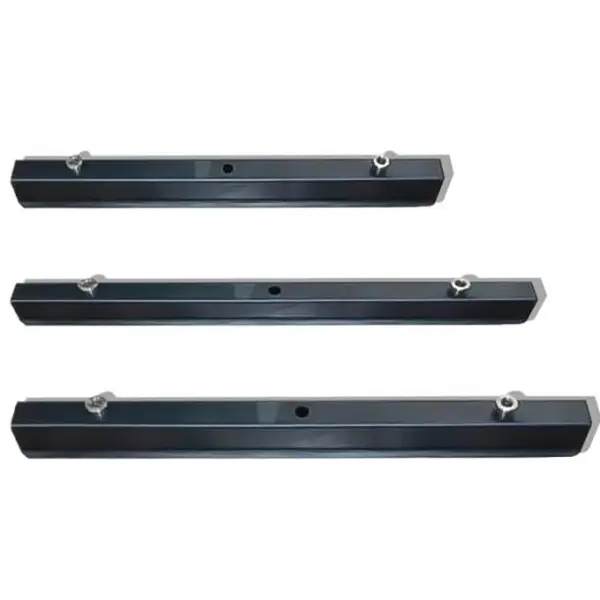How do you join precast concrete panels?
Joining precast concrete panels is an essential step in creating large structures, such as buildings, walls, and facades. These panels are produced off-site and then transported to the construction site for assembly. Proper joining of these panels ensures the overall stability and integrity of the structure. There are several methods to join precast concrete panels, and the choice depends on factors such as panel size, type of structure, and engineering requirements.
Here are some common methods for joining precast concrete panels:
1. Bolted Connections
- Method: Panels are connected using bolts and steel connectors (such as plates or angles) that are embedded in the edges or faces of the panels.
- How It Works: The steel connectors are cast into the panels during the manufacturing process. On-site, the panels are positioned and aligned, and then bolts are inserted into the pre-drilled holes or connectors to join the panels.
- Advantages:
- Fast and easy to install.
- Allows for disassembly, making it suitable for temporary structures.
- Provides a high level of connection strength.
- Disadvantages:
- Requires precise alignment of the bolt holes.
- Additional labor for bolt installation.
2. Welded Connections
- Method: Steel plates or reinforcement bars embedded in the precast concrete panels are welded together on-site.
- How It Works: When the panels are positioned, the embedded steel reinforcement bars (rebar) or plates are welded at the joint to form a secure connection between the panels.
- Advantages:
- Provides a solid, permanent connection.
- High structural integrity, especially in seismic zones.
- Disadvantages:
- Requires skilled welders and welding equipment.
- The process is slower than bolting and may involve additional safety considerations.
3. Grouted Joints (Epoxy or Mortar Grouting)
- Method: The edges of the precast panels are aligned, and a grout (usually a cement-based mix or epoxy) is used to fill the joint between the panels.
- How It Works: The panels are positioned, and grout is injected or poured into the joint to bond the panels. This method is often used in combination with other connection methods, such as bolts or dowels.
- Advantages:
- Creates a strong, continuous bond between panels.
- Suitable for weather-tight or waterproof joints.
- Disadvantages:
- Requires careful preparation to ensure even filling of the joint.
- Potential for grout shrinkage, which may lead to cracking.
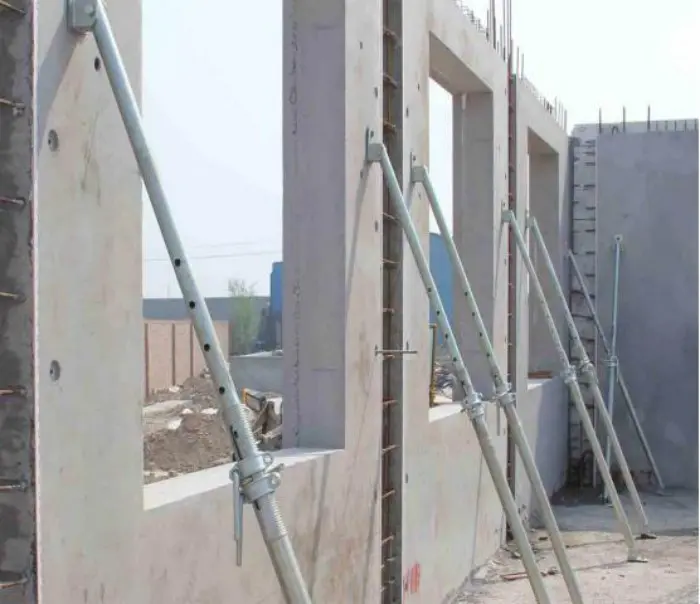
4. Dowel and Pin Connections
- Method: Dowel bars or pins (usually made of steel or reinforced concrete) are used to align and connect the precast panels.
- How It Works: Holes are pre-cast into the panels, and dowel bars or pins are inserted into these holes to align and hold the panels together. In some cases, additional grout or sealant is applied to seal the joint.
- Advantages:
- Simple and effective for lightweight panels.
- Provides accurate alignment of the panels.
- Disadvantages:
- May require grout or sealant for additional strength.
- Does not provide the same strength as bolted or welded connections.
5. Tensioned or Post-Tensioned Cables
- Method: Tensioned cables or tendons are used to connect and pull the panels together.
- How It Works: Pre-tensioned or post-tensioned cables are embedded in the panels, and when the panels are positioned, the cables are pulled tight to create a strong bond between them.
- Advantages:
- Creates a high-strength connection, especially for large or heavy panels.
- Suitable for buildings where significant tensile strength is required.
- Disadvantages:
- Requires specialized equipment and expertise.
- More expensive than simpler methods like bolted or dowel connections.
6. Slide-in and Locking Mechanisms
- Method: Precast concrete panels are designed with slide-in or locking mechanisms that automatically align and secure the panels as they are positioned.
- How It Works: Special connectors or grooves on the edges of the panels allow them to interlock or slide into place. Once in position, the panels lock together mechanically, requiring no additional fasteners.
- Advantages:
- Quick assembly and disassembly.
- Minimizes labor and equipment required on-site.
- Disadvantages:
- May require precise fabrication of the panels to ensure a perfect fit.
- Suitable for specific applications and may not work for all panel types.
7. Clips and Hooks
- Method: Metal clips or hooks are attached to the edges of the panels and used to connect them together.
- How It Works: Clips or hooks are cast into the panels during manufacturing. When the panels are positioned on-site, the hooks or clips are connected and locked into place, holding the panels together.
- Advantages:
- Fast installation with minimal equipment.
- Can provide a temporary or permanent connection.
- Disadvantages:
- Less secure than bolted or welded connections.
- May not provide enough strength for heavy-duty applications.

8. Sealant and Gasket Joints
- Method: In some cases, sealants or gaskets are used in conjunction with other joining methods to ensure that the panels are weather-tight, soundproof, or waterproof.
- How It Works: After the panels are positioned, sealant (such as silicone or polyurethane) is applied along the edges to fill any gaps and ensure a tight, secure seal.
- Advantages:
- Provides excellent protection against weather and moisture.
- Helps with thermal insulation and soundproofing.
- Disadvantages:
- Sealant can degrade over time and may require maintenance.
- May not provide significant structural strength by itself.
Considerations When Joining Precast Concrete Panels:
- Load-Bearing Requirements: The method chosen depends on the load the panels will carry. Heavy-duty structures may require bolted, welded, or post-tensioned connections, while lighter applications may only need dowels or pins.
- Seismic and Wind Load: For structures in seismic or high-wind areas, connections must be able to withstand significant forces. Bolted or welded connections with additional reinforcements are often preferred in such cases.
- Accessibility and Assembly Time: Faster methods like clips, hooks, or locking mechanisms may be favored in projects where speed is important.
- Durability and Maintenance: Long-term durability is important, and methods like grouting or bolting offer lasting strength, whereas sealant joints may require more maintenance over time.
Conclusion:
The choice of method for joining precast concrete panels depends on the specific requirements of the structure, including strength, speed, cost, and environmental factors. Bolted, welded, dowel, and grouted connections are some of the most common methods, each offering distinct advantages depending on the type of project. Proper design and engineering are essential to ensure that the connections provide the necessary stability and durability for the final structure.

